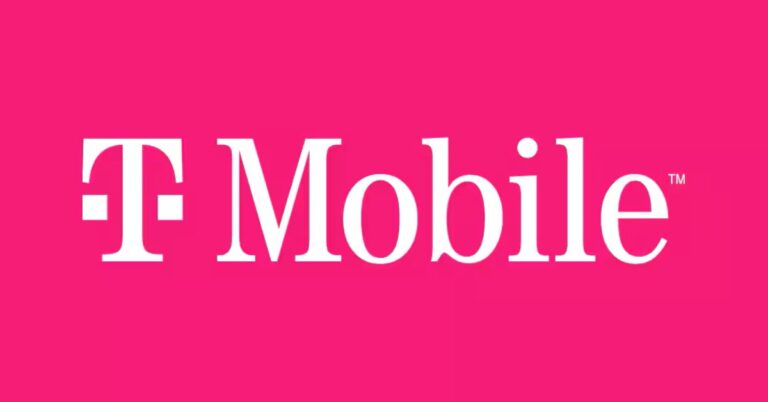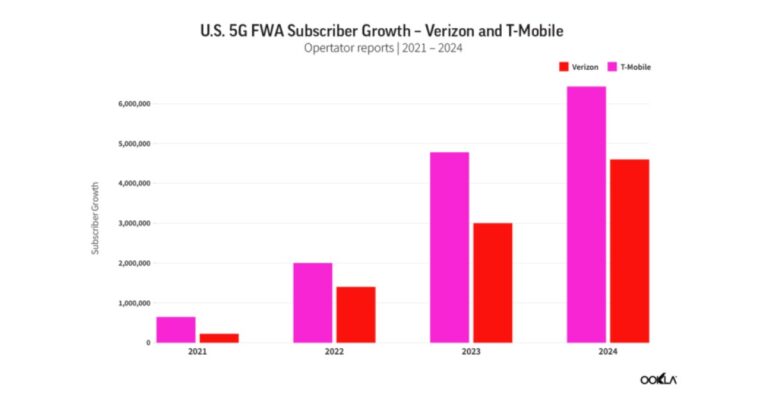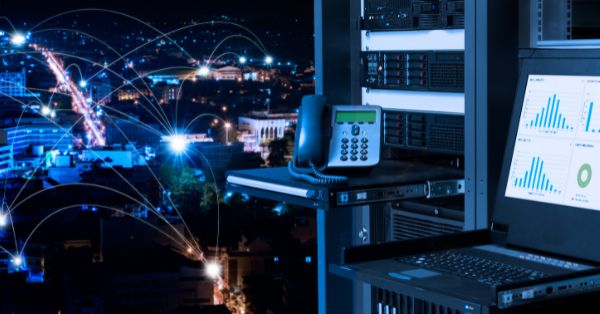SailGP is bringing the fastest connectivity to the fastest sailing event. Ericsson has been selected as the global technology supplier for the 2025 season, delivering high-performance Private 5G and Edge Computing solutions to power the league’s iconic races.
Using Ericsson Private 5G and Cradlepoint edge routers, SailGP will handle over 53 billion data points per race day, providing real-time analytics for teams and enhancing fan engagement. This cutting-edge connectivity will support high-speed racing, ensure fairness, and deliver an immersive experience for spectators.
Connectivity Challenges in High-Speed Sailing: Why SailGP Needs 5G
SailGP operates in some of the most demanding conditions in sports. Key challenges include:
- Extreme Connectivity Needs: The F50 catamarans move at speeds up to 100 km/h over open waters, requiring instantaneous data transmission.
- Remote and Dynamic Race Locations: Each venue has different network infrastructure, requiring flexible and portable connectivity solutions.
- Massive Data Volumes: More than 53 billion data points need to be processed every race day, including IoT data, live video, and critical communications.
- Fairness and Transparency: A secure, real-time data-sharing platform ensures fair competition among teams.
How Ericsson’s Private 5G is Powering SailGP’s 2025 Season
Ericsson’s technology powers the entire connectivity ecosystem for SailGP, addressing these challenges with:
- Ericsson Private 5G: Provides ultra-low latency, high-bandwidth wireless connectivity for real-time data exchange.
- Cradlepoint Edge Routers: Installed in each F50, these ruggedized routers ensure stable, high-speed connectivity in harsh maritime conditions.
- MEC for Ultra-Fast Processing: Edge computing ensures data is processed locally, reducing delays.
- Seamless Multi-Carrier Integration: Enables rapid deployment across multiple global race locations.
Real-Time Race Analytics: The Data Behind SailGP’s Competitive Edg
The partnership between SailGP and Ericsson has already demonstrated measurable benefits:
- Real-Time Race Analytics: Teams receive live data on boat speed, wind conditions, and trim settings for optimized performance.
- Tactical Decision-Making: Instant access to race position, wind direction, and course layout enables better strategy execution.
- Enhanced Fairness: Data is securely transported to Oracle Cloud (OCI), ensuring transparency and preventing unfair advantages.
- Spectator Engagement: Fans get a deeper understanding of race dynamics through real-time analytics and visualized data insights.
Why SailGP Chose Ericsson’s Private 5G & Edge Computing
SailGP needed a robust and scalable connectivity solution capable of handling real-time racing data, operating in challenging environments, and integrating seamlessly with multiple carriers. Ericsson’s solutions stood out due to:
- High-speed, low-latency 5G
- Resilient Edge computing and Cradlepoint edge routers
- Proven ability to handle extreme data loads
- Scalability across multiple international locations
5G & Edge Computing: Transforming Competitive Sailing
For Teams & Athletes:
✔ Instant race analytics for better decision-making
✔ Reliable, high-speed connectivity at all race venues
✔ Enhanced safety with continuous monitoring of F50s
For SailGP Officials & Judges:
✔ Live camera streaming for accurate race adjudication
✔ Data-backed fairness protocols for competitive integrity
For Fans & Broadcasters:
✔ Better race visibility with real-time analytics
✔ Immersive engagement through data-driven storytelling
How SailGP is Setting a New Standard for 5G in Sports
This partnership sets a new benchmark for connectivity in sports. With 5G and Edge Computing playing a critical role, SailGP is paving the way for real-time data integration in high-speed sports. This model could influence Formula 1, MotoGP, and other high-performance competitions seeking cutting-edge digital transformation.
Pushing Boundaries: SailGP’s Vision for the Future of Connected Sports
SailGP continues to push technological boundaries, ensuring its athletes, fans, and officials experience seamless, real-time, and immersive race operations. Their commitment to integrating Private 5G solutions across all teams and races highlights their vision for the future of connected sports.
Ericsson’s Role in Delivering High-Speed Connectivity for SailGP
Ericsson is leading the charge in bringing next-generation connectivity to sports. By providing ruggedized Cradlepoint routers and 5G networks, the company is enabling SailGP teams to push their performance to the limit while ensuring real-time, high-speed data transmission.
SailGP’s 5G Rollout: Key Milestones & What’s Next
- 2024 Season 4: Initial testing with T-Mobile at US events
- 2025 Season 5: Global deployment across all F50 teams and race venues
- Ongoing Enhancements: Continuous improvements in AI-driven race analytics and network optimization
What Experts Are Saying About SailGP’s 5G Transformation
Warren Jones, CTO at SailGP: “Ericsson Private 5G and Cradlepoint edge routers match the speed and intricacies of SailGP. This reliable, scalable connectivity helps teams optimize performance and enhances the fan experience.”
Manish Tiwari, Head of Enterprise 5G, Ericsson: “The fastest sailing event deserves the fastest possible connectivity. Our partnership with SailGP showcases the power of 5G for real-time decision-making and immersive fan engagement.”






















